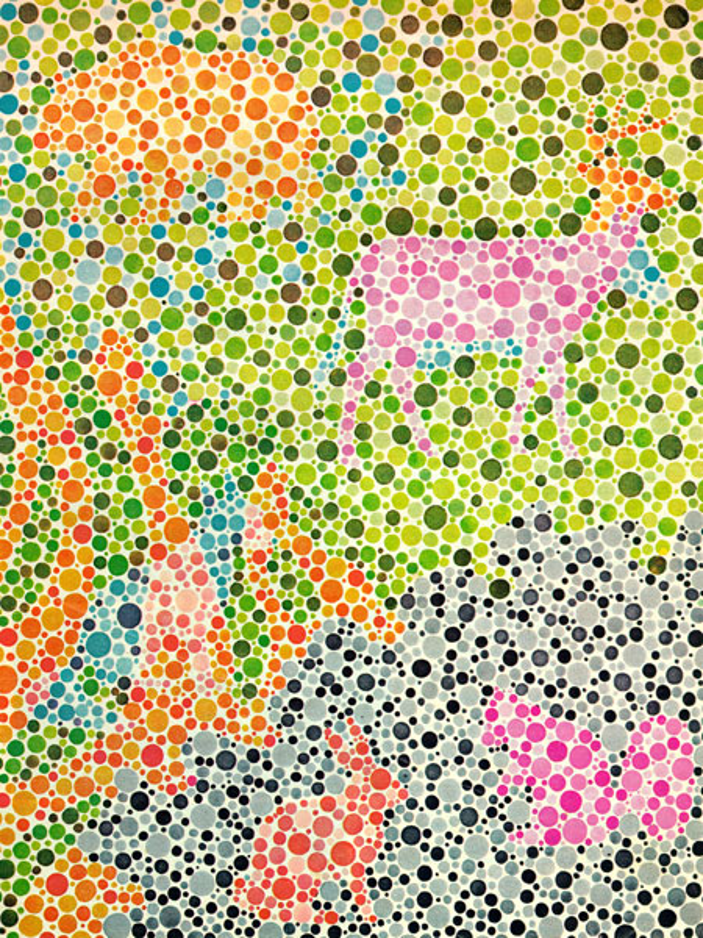What does it mean to be colorblind?
Color blindness is common. How can you learn more about it?

Different people and animals perceive color differently. One example of this is commonly called colorblindness. Most colorblind people can distinguish some colors, but some are more difficult to differentiate than others. Perhaps a more correct phrase to use would be color deficient rather than colorblind. I understand this issue personally because my son is color deficient.
Some people do not realize they are color blind until they are older. It is rarely screened for, unlike other vision issues. I know of two people who did not realize they were colorblind until they joined the military. During the induction process into the military, color vision was screened for and detected.
There are many cell phone apps and online tests for colorblindness. You can use one of these tests with your group. Be aware that some people, especially children, might not realize they are color deficient, and the revelation might bring up difficult emotions. There are many resources to help someone deal with this issue once it is discovered.
Many of these tests involve identifying letters or numbers. One concern is that while working with young children, they might not yet know their numbers and letters, so this test doesn’t work. Below is a picture with animals, which many young children understand. Knowing your colors is stressed greatly in early childhood, but children are rarely screened for colorblindness. Show the picture below to someone without comment.

Most people, even if color deficient, can see the rabbit and squirrel near the bottom. Those with normal color vision can usually see a bear in the upper left and a deer in the upper right. Those with red-green color deficiency do not see the bear, they see a cow instead of a deer, and they see a fox near the bottom on the left. You can see the key below:

About one in 12 males and one in 200 females have color deficiency. Why do you think it is more common in males than females? Color deficiency is known as a sex-linked trait. It is linked to the human X chromosome. In humans, an XY chromosome combination is male and an XX chromosome combination is female. If a female has one X chromosome with color deficiency and the other without it, she will not be colorblind; she needs both of her X chromosomes to have the color deficiency in order to be colorblind. Since a male only has one X chromosome, he needs just that one X chromosome to have the color deficiency trait in order to be colorblind. Interestingly, males get their genes for color deficiency from their mothers.
There are now glasses available for those with a color deficiency. They do not completely cure colorblindness, but they do expand on the colors a color deficient person can see. Some places, such as the Flint Institute of Arts, have glasses you can use temporarily.
This article is part of a series by Michigan State University Extension about conducting science activities with children in the natural world. This can be done within a family, in a daycare setting, as part of school activities, with a 4-H club or with any group working with young children.
The images in this article were originally published in Field and Stream magazine and obtained from https://web.archive.org/web/20110711153313/http:/freepages.rootsweb.ancestry.com/~hellmers/test/.



 Print
Print Email
Email
